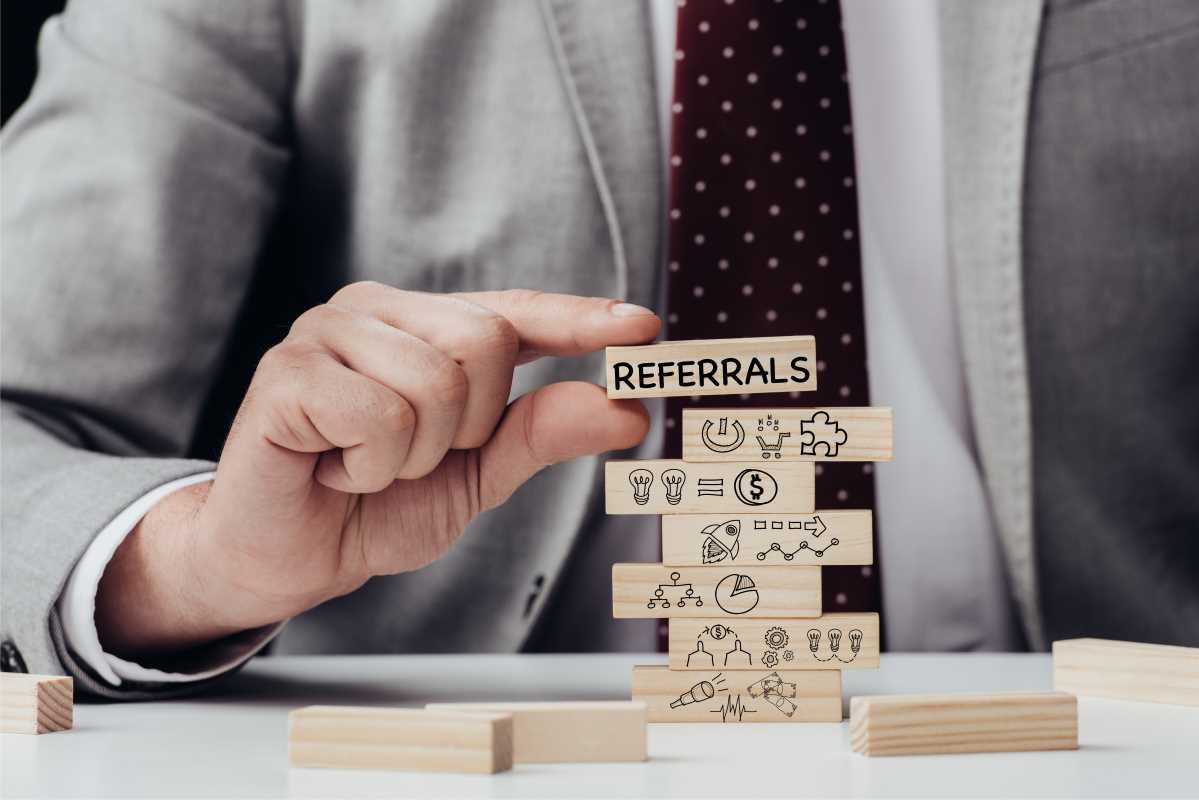We’ve all received them: the cold, impersonal messages that slide into our LinkedIn or email inboxes. The sender, a complete stranger, launches into a pitch about their amazing product or revolutionary service, promising it will solve all our problems. What’s our immediate reaction? Most of us hit "delete" or "archive" without a second thought. This approach to online communication is broken because it skips the most crucial ingredient of any successful interaction: a genuine human connection. In a digital world saturated with noise and aggressive sales tactics, the ability to build authentic relationships is a superpower. People do business with people they know, like, and trust. The path to building that trust doesn't start with a sales pitch. It starts with a sales-free message—a thoughtful, value-driven communication designed to start a conversation, not to close a deal. Learning to craft these messages is the key to transforming strangers into allies, collaborators, and, eventually, loyal customers.
The Psychology of Sales-Free Communication
Before we dive into the "how," it's important to understand the "why." Why do sales-free messages work so much better than a direct pitch? The answer lies in human psychology. When someone approaches us with a clear sales agenda, our natural defense mechanisms kick in. We become skeptical and guarded. We see the interaction as transactional, and our primary goal becomes ending it as quickly as possible.
A sales-free message, however, triggers a completely different response. By focusing on generosity, curiosity, and shared interests, you bypass those defenses. This approach is rooted in the principle of reciprocity. When you offer value without asking for anything in return, you create a subtle, positive social obligation. The other person feels a natural inclination to reciprocate your kindness, whether by responding to your message, sharing their own insights, or simply viewing you in a more positive light. This is the foundation upon which all genuine relationships are built.
Core Elements of Sales-Free Messages
Crafting a message that people actually want to read and respond to isn't about finding a magic template. It's about adopting a mindset of authentic curiosity and generosity. Every great sales-free message contains a few key ingredients that make it feel personal, valuable, and respectful of the other person's time.
1. Make It About Them, Not You
The single biggest mistake people make in outreach is talking too much about themselves. Your message should immediately signal that you have taken the time to learn something about the person you're contacting. This shows respect and makes them feel seen. Before you even start writing, do a little research.
- Look at their recent LinkedIn posts or articles.
- Check out their personal website or portfolio.
- Listen to a podcast they were on or read a blog post they wrote.
Your opening line should reference something specific you learned. This proves you’re not just sending a mass email.
- Salesy: "Hi John, my name is Alex and I work at XYZ Corp."
- Sales-Free: "Hi John, I just finished reading your article on the future of remote work and your point about asynchronous communication really resonated with me."
2. Provide Genuine, Specific Praise
Flattery is transparent and ineffective, but genuine praise is a powerful connector. Don't just say "Great article!" or "I love your work." Get specific about what you liked and why. This shows you've engaged with their work on a deeper level.
- Vague: "I loved your recent podcast episode."
- Specific: "Your recent podcast episode on building team culture was fantastic. The story you told about the 'weekly wins' meeting gave me a tangible idea I plan to bring to my own team."
This level of detail validates their effort and makes your compliment feel authentic and meaningful.
3. Offer Value with No Strings Attached
This is the heart of the sales-free message. Your goal is to give something away for free, without any expectation of getting something in return. The value you offer can take many forms.
- Share a relevant resource: "Since you're interested in team culture, you might enjoy this book I recently read called 'The Culture Code.' It dives even deeper into some of the concepts you mentioned."
- Offer a helpful insight: "I noticed on your website that you're launching a new course. One thing that really helped me when I launched mine was creating a small, free email-based preview. It helped build a lot of early buzz."
- Make a useful introduction: "You mentioned you were looking for a great video editor. My colleague Sarah has worked with a fantastic freelancer, and I'd be happy to connect you if you're interested."
Offering value first demonstrates your generosity and positions you as a helpful resource, not a salesperson.
4. End with a Low-Pressure Question
Many outreach messages end with a demanding call to action, like "Are you free for a 15-minute call next week?" This immediately puts the recipient on the defensive, as it feels like a setup for a sales pitch. Instead, end your message with an open-ended, low-pressure question that invites conversation.
- High-Pressure: "Can we schedule a demo?"
- Low-Pressure: "I'm curious, what's been the biggest challenge for you in building that remote team culture?"
- Low-Pressure: "What other books on that topic have you enjoyed?"
This type of question makes it easy for the other person to respond and continues the conversation naturally.
Sales-Free Message Examples in Action
Let's put all the elements together. Here are a few examples of effective sales-free messages for different scenarios.
Scenario 1: Connecting with an Industry Leader on LinkedIn
Subject: Your recent talk on AI ethics
Hi Dr. Evans,
I just finished watching the recording of your keynote speech from the TechForward conference, and I wanted to reach out and say thank you. Your explanation of the 'black box' problem in AI was the clearest I've ever heard. The analogy you used comparing it to a complex recipe with a secret ingredient was brilliant.
It reminded me of an article I read in MIT Technology Review that explores a similar theme from a policy perspective. I thought you might find it interesting if you haven't seen it already: [link].
I'm fascinated by this space and how we can build more transparent systems. I'm curious, what do you see as the next major hurdle for ethical AI development?
Best,
Maria
Why it works: It's specific, offers value (the article), and ends with a thoughtful, low-pressure question that invites an expert opinion.
Scenario 2: Nurturing a Casual Connection After a Virtual Event
Subject: Following up from the Content Marketing Meetup
Hi Ben,
It was great connecting with you in the breakout session on video marketing yesterday. I really enjoyed hearing about the success you're having with short-form video on your company's Instagram.
You mentioned you were looking for better tools for adding captions. My team has had a lot of success with a tool called Descript. It auto-transcribes video and makes editing the text super easy. It might be worth checking out.
Just wanted to pass that along. Hope to see you at the next meetup!
Cheers,
Chloe
Why it works: It's timely, directly addresses a pain point mentioned in conversation, offers a specific solution with no strings attached, and doesn't ask for anything in return.
Maintaining Long-Term Online Relationships
A single great message is a start, but building a genuine relationship requires consistent, low-pressure engagement over time. Think of it as tending a garden. You can't just plant a seed and walk away.
- Engage with their content: Leave thoughtful comments on their LinkedIn posts. Share their articles with your own network if you find them valuable.
- Check in periodically: Every few months, send a quick, friendly message. "Hey, I saw your company just won an award. Congratulations! So well-deserved." or "Just thinking of you. Hope you're having a great summer."
- Continue to offer value: If you come across an article, a person, or an opportunity that makes you think of them, share it.
 (Image via
(Image via





